Post Christmas Hive Check
Hergen at work
Our amazing beekeeper Hergen Bayer was up on Cloudforest One today to check on our Apiary of Native Irish Honey Bees. The good news the bees had a restful Christmas and New Year and the colony is in fine fettle.
We look forward to bringing you more updates in the next few months as we expand this area of our conservation work and see the work that Kim Lake has undertaken on the site for all pollinators. This includes the establishment of our first Orchard on the site and the introduction of native Irish Wildflowers.
Our work is supported by our incredible friends in the Native Irish Honey Bee Society - click the button below to find out more.
The Native Irish Honey Bees
The native Irish honey bees, also known as Apis mellifera mellifera, have been an integral part of Ireland's ecosystem for centuries. These dark-coloured bees are well adapted to the local climate and environmental conditions, making them an important aspect of Ireland's biodiversity.
Native honey bees play a crucial role in pollinating a wide variety of plants, including many native wildflowers and agricultural crops. Their foraging activities help sustain the natural flora and contribute to the production of fruits, vegetables, and seeds that support local ecosystems and agricultural practices.
In recent years, native Irish honey bees have faced challenges due to the introduction of non-native bee species, habitat loss, and pesticide use. Efforts to protect and conserve these local bee populations are underway, including the establishment of dedicated conservation areas, education and awareness campaigns, and the promotion of bee-friendly practices among farmers and landowners.
Supporting the preservation of native Irish honey bees is essential for maintaining the health and diversity of Ireland's environment. By safeguarding these bees, we can ensure the continued pollination of plants, the sustainability of ecosystems, and the preservation of an important cultural and ecological heritage for future generations.




